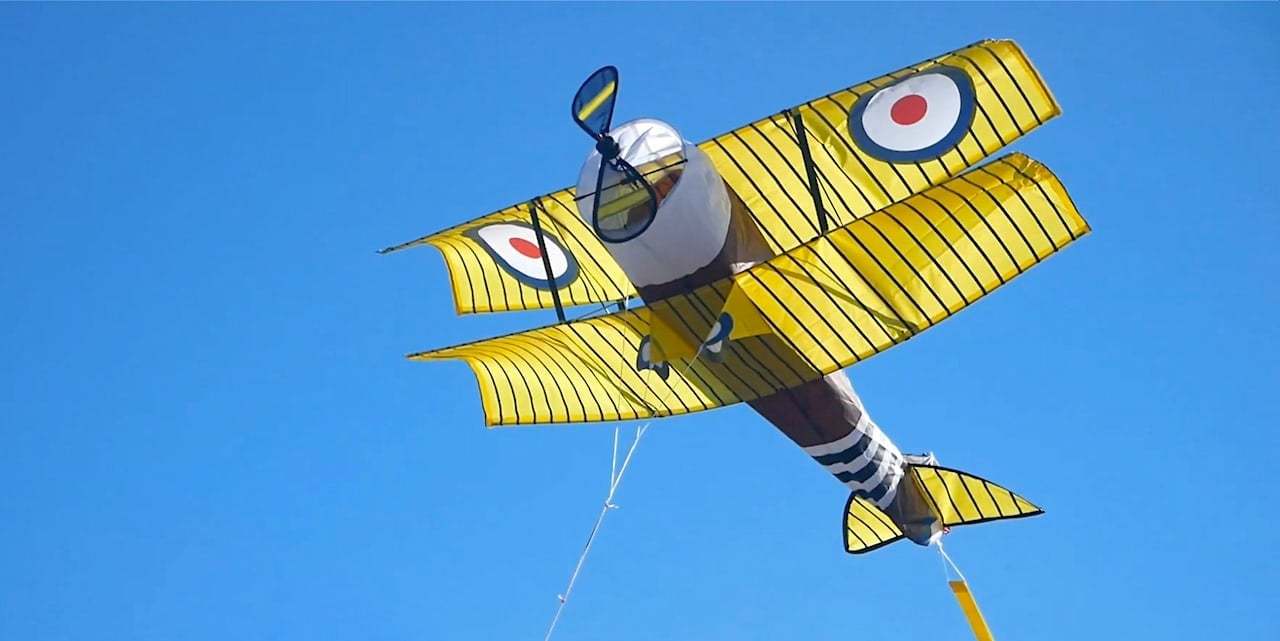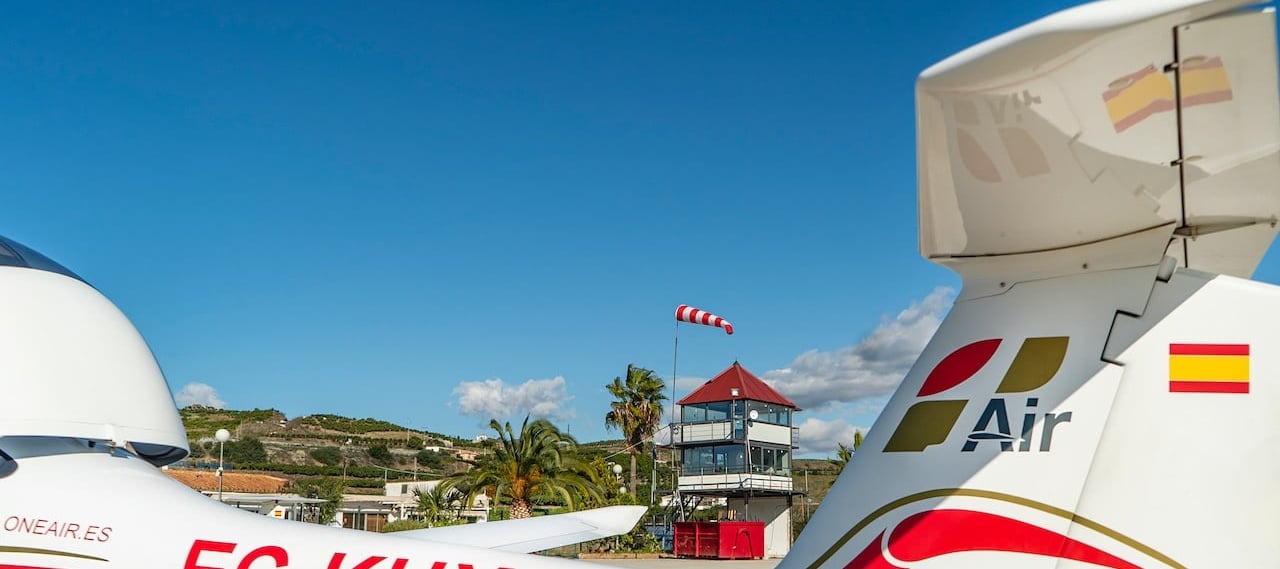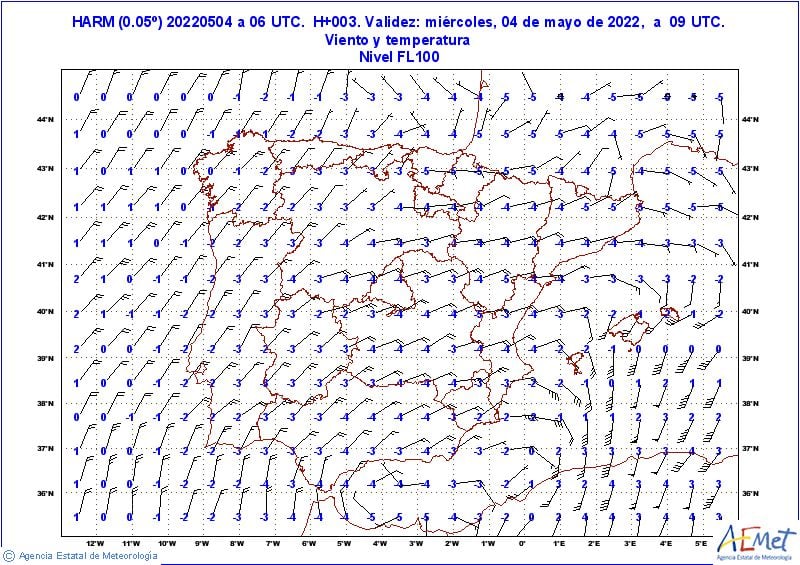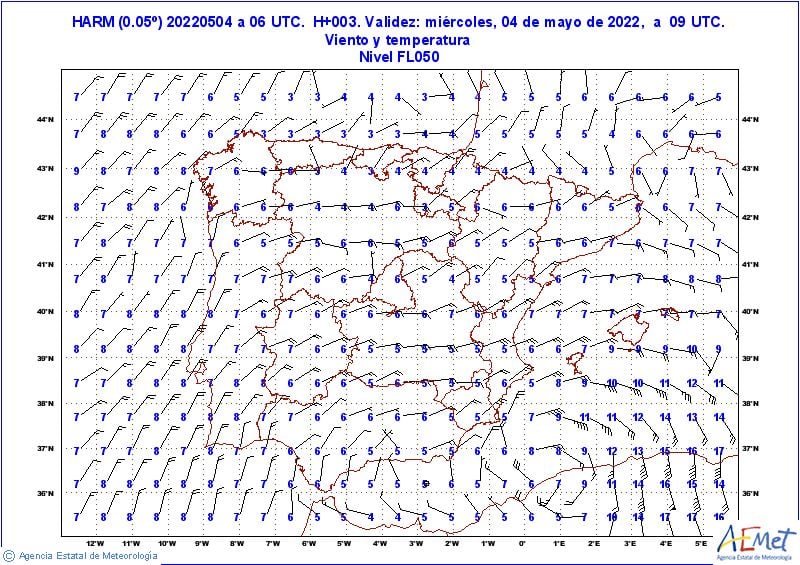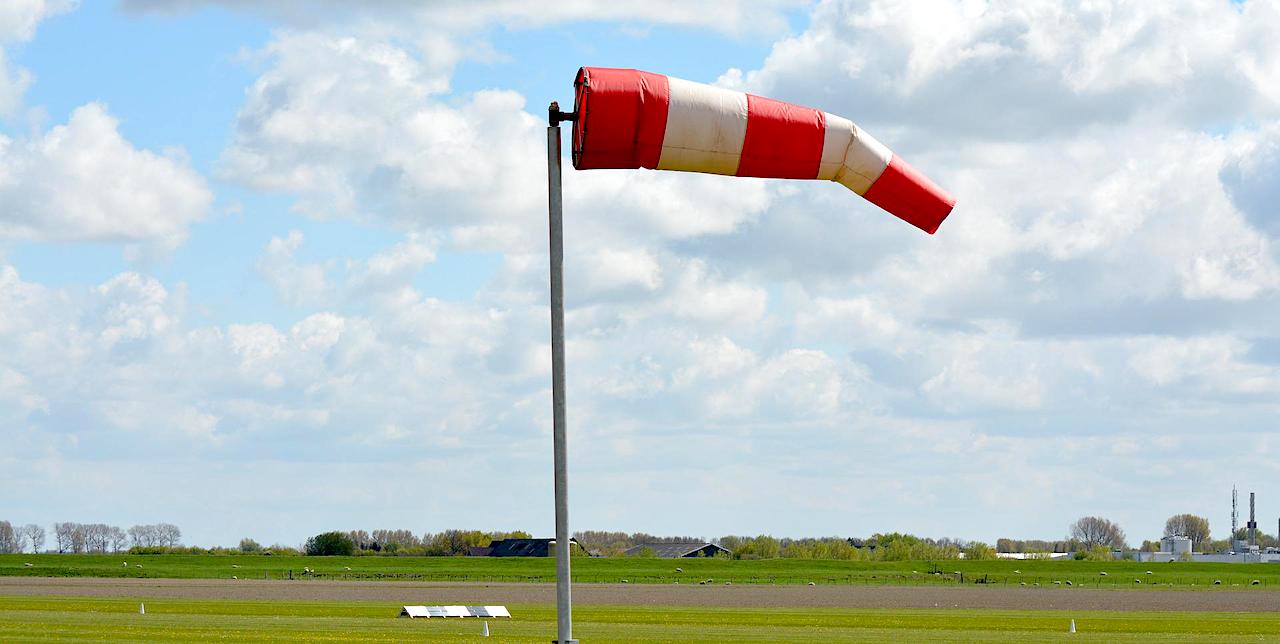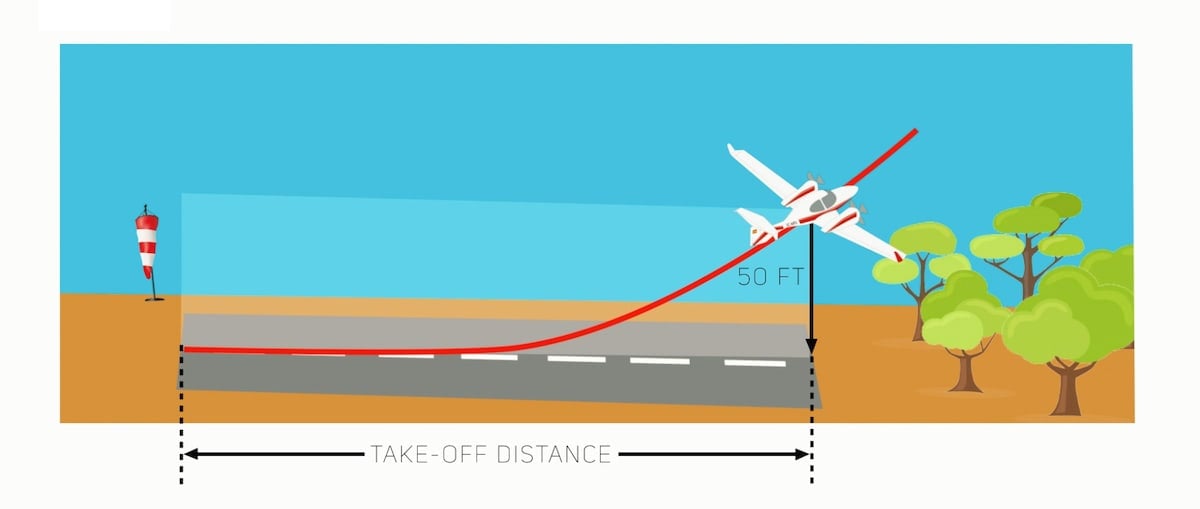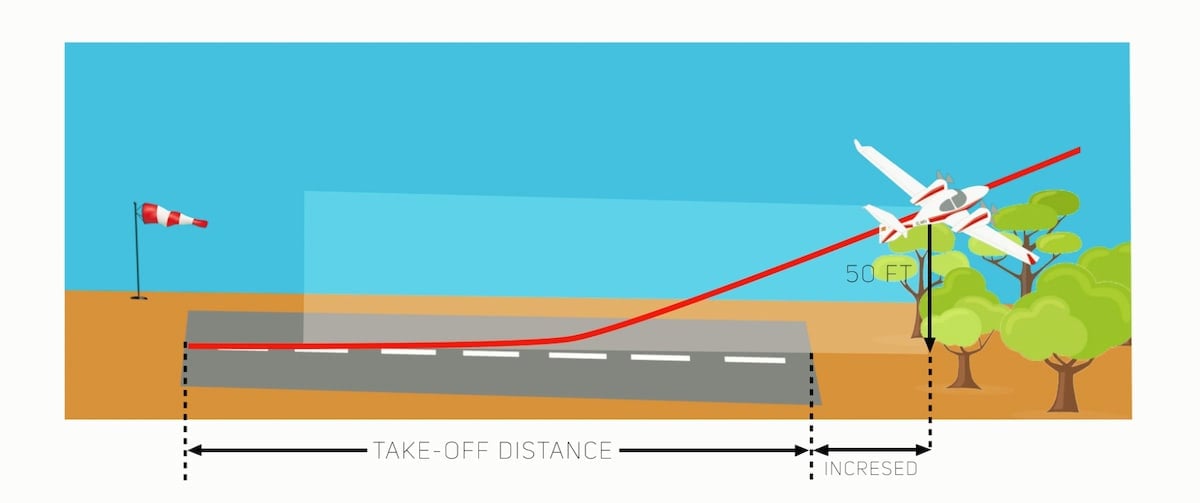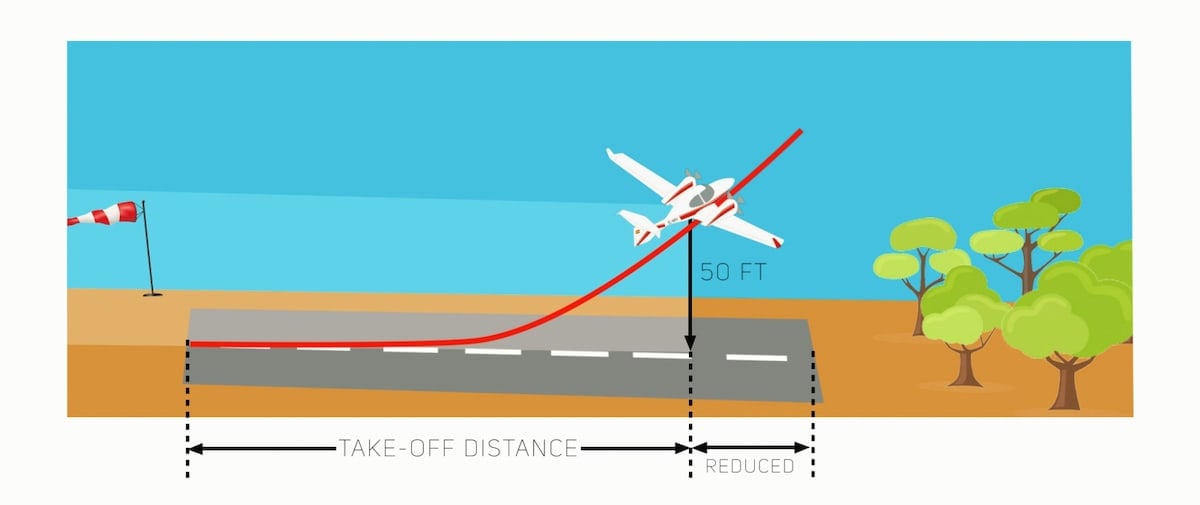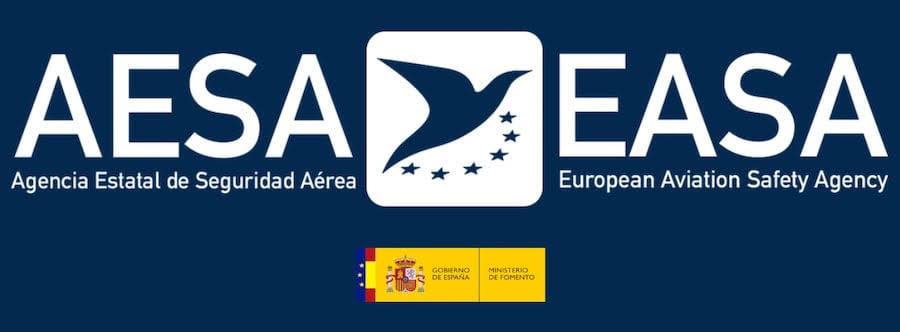Knowing the wind is essential for pilots when planning a flight: it allows them to choose the take-off runway, establish the fastest route and avoid possible turbulence.
In this post, we explain everything related to wind in aviation: how it is produced, what types of wind there are, or why planes take off against the wind.
It also includes an explanatory video that we have made especially for you, so… Don’t miss it!
How does the wind arise?
Wind is produced by the difference in pressure between different points in the atmosphere.
This difference in pressure is called the force of the pressure gradient, and causes air to move from areas of high pressure to areas of low pressure. Moreover, the greater this force, the greater the wind speed.
There is also another force, the Coriolis force, which affects winds at height and causes them to move to the right in the northern hemisphere.
When the Coriolis force and the pressure gradient force equalise, the geostrophic wind arises.
Types of surface wind
In aviation, we make a clear distinction between surface wind and wind at altitude. The surface wind is the one that occurs up to 3000 feet, or about 900 metres, while the wind at altitude is the one that occurs above that altitude.
In the lower layers of the atmosphere, the wind changes its behaviour depending on the obstacles (geographical features) in its path. However, at high altitudes, the air is free to move from one place to another.
In addition, at the earth’s surface, due to friction, the wind speed is reduced.
An airplane, like a kite, doesn’t fly due to speed in relation to the ground, but due to the speed of air flowing over the wings.
This is called the ‘Sustaining Principle’ and, yes, it refers to the fact that the air sustains the weight of the plane to keep it in flight. Doesn’t that seem incredible?
An aircraft taking off with the wind.
When taking off with a headwind it slows down the plane in its acceleration respect to the ground, but increases the flow of air over the wings, allowing to take off in a shorter distance and climbing in a greater angle in order to clear any obstacle.
An aircraft taking off with a headwind.
And to make it easier for you to understand, we propose a simple mental exercise. Imagine that you are a passenger in a car and you put your hand out the window.
If you leave your arm loose, the force of the air against it will lift it effortlessly. However, as soon as the car stops and there is no more headwind, your arm will fall off and if you want to keep it up, you will have to do it yourself. Isn’t that logical?
Here’s the video explaining why planes take off in a headwind, which we’ve created especially for you. We hope you like it!
ONE AIR
E-ATO 190

